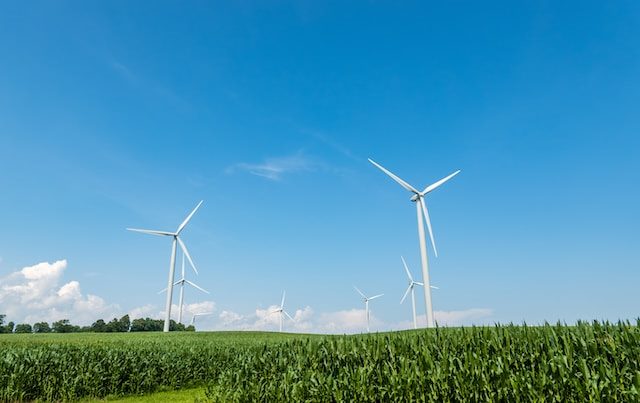
Welcome to our comprehensive guide on the evolution of wind turbine technology. In this article, we will explore the history, advancements, and future prospects of wind turbines. Whether you are a beginner or just curious about this renewable energy source, this post will provide you with valuable insights.
1. Introduction to Wind Turbines
Wind turbines are devices that convert wind energy into electricity. They consist of several key components, including blades, a tower, a generator, and a control system. As the wind blows, it causes the turbine blades to rotate, which generates mechanical energy. This mechanical energy is then converted into electrical energy by the generator.
2. The Early Beginnings
The concept of wind power dates back thousands of years. Early civilizations, such as the Persians and the Greeks, used windmills for various purposes, including grinding grains and pumping water. However, it wasn’t until the late 19th century that the first practical wind turbine for generating electricity was developed by Charles F. Brush in the United States.
2.1. First-Generation Wind Turbines
Early wind turbines were primarily used for small-scale applications in rural areas. They featured simple designs with vertical-axis rotors and low power outputs. These turbines were not as efficient as modern versions, but they paved the way for further advancements.
3. Advancements in Wind Turbine Technology
Over the years, wind turbine technology has made significant progress, leading to more efficient and reliable systems. Here are some notable advancements:
3.1. Horizontal-Axis Wind Turbines
Horizontal-axis wind turbines (HAWTs) became the preferred design due to their improved efficiency and scalability. These turbines feature horizontal rotor blades that spin around a vertical axis. HAWTs can be categorized into different types, including the traditional three-blade design, which is widely used today.
3.2. Increase in Size and Power Output
As technology advanced, wind turbines grew in size to capture more energy from the wind. Larger rotors and taller towers allowed turbines to tap into higher wind speeds at greater altitudes. Modern wind turbines can reach heights of over 500 feet with rotor diameters exceeding 300 feet. This increase in size has led to significant boosts in power output.
3.3. Improved Aerodynamics
Aerodynamic enhancements, such as curved blade designs, help optimize turbine performance by reducing drag and increasing lift. These advancements have contributed to higher conversion rates and improved energy production.
3.4. Smart Grid Integration
Smart grid integration has revolutionized the wind energy sector. Wind turbines are now equipped with advanced control systems that allow for seamless integration with the electrical grid. This integration enables efficient power management and better utilization of the generated electricity.
4. The Future of Wind Turbines
The future of wind turbine technology holds great promise. Researchers and engineers are continuously working to improve efficiency, reliability, and impact mitigation. Here are a few areas of focus:
4.1. Offshore Wind Farms
Offshore wind farms have the potential to harness stronger and more consistent winds, resulting in increased energy production. Floating turbine designs are being developed to overcome the challenges of deploying turbines in deeper waters.
4.2. Vertical-Axis Wind Turbines
Vertical-axis wind turbines (VAWTs) are being explored as an alternative to HAWTs. VAWTs have the advantage of being able to capture wind from any direction, eliminating the need for yaw mechanisms. Research is ongoing to improve their efficiency and scalability.
4.3. Energy Storage Integration
Integration of energy storage technologies, such as batteries, with wind turbine systems can help address the intermittent nature of wind energy. Storing excess electricity produced during windy periods allows for a more consistent power supply.
5. Conclusion
Wind turbine technology has come a long way since its early beginnings. Advancements in design, size, and integration have made wind energy an important player in the renewable energy sector. As technology continues to evolve, we can expect even more efficient and cost-effective wind turbines in the future. With the potential for clean and sustainable energy generation, wind power has a bright future ahead.
